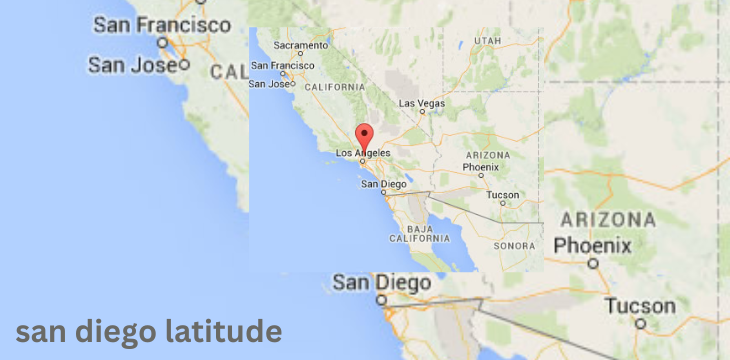Outline Of The Article
- Introduction to San Diego Latitude
- Understanding Latitude
- What is Latitude?
- Significance of Latitude
- San Diego’s Latitude
- Geographic Location
- Climate Impact
- Climate Characteristics of San Diego
- Mediterranean Climate
- Weather Patterns
- Influence of Latitude on San Diego’s Environment
- Temperature Range
- Rainfall Patterns
- Latitude and Tourism in San Diego
- Beaches and Coastal Attractions
- Outdoor Activities
- Conclusion
San Diego Latitude
San Diego, a city known for its stunning coastline, vibrant culture, and favorable climate, owes much of its pleasant weather to its . Understanding the significance of and its impact on is crucial for appreciating the city’s unique environmental characteristics and its appeal to residents and tourists alike.
Understandingsan diego latitude
What is san diego latitude?
san diego latitude refers to the angular distance of a location north or south of the equator, measured in degrees. It plays a fundamental role in determining a region’s climate and weather patterns.
Significance of san diego latitude
san diego latitude influences the angle at which sunlight strikes the Earth’s surface, affecting temperature, precipitation, and seasonal variations. Regions closer to the equator receive more direct sunlight and tend to have warmer climates, while those farther away experience cooler temperatures.
san diego latitude
San Diego is situated at approximately 32.7157° N latitude, placing it in the southern part of California, along the coast of the Pacific Ocean.
Geographic Location
Located at a moderate , experiences a Mediterranean climate characterized by mild, wet winters and warm, dry summers. Its coastal position further moderates temperature extremes, resulting in a comfortable year-round climate.
Climate Impact
The of contributes significantly to its favorable climate, making it an attractive destination for residents and visitors seeking pleasant weather conditions throughout the year.
Climate Characteristics of san diego latitude
Mediterranean Climate
San Diego’s latitude positions it within the Mediterranean climate zone, characterized by hot, dry summers and mild, wet winters. This climate pattern is ideal for outdoor activities and recreational pursuits.
Weather Patterns
The city experiences relatively stable weather patterns due to its latitude, with minimal temperature fluctuations between seasons. San Diego enjoys abundant sunshine, with low humidity levels contributing to its comfortable climate.
Influence of Latitude on san diego latitude Environment
Temperature Range
The of results in moderate temperature ranges throughout the year. Summers are warm but not excessively hot, while winters remain mild, seldom dropping below freezing temperatures.
Rainfall Patterns
San Diego’s latitude influences its rainfall patterns, with the majority of precipitation occurring during the winter months. The city typically receives most of its rainfall from November to March, contributing to lush vegetation and vibrant landscapes.
Latitude and Tourism in san diego latitude
Beaches and Coastal Attractions
San Diego’s latitude positions it as an ideal destination for beachgoers and water enthusiasts. With miles of pristine coastline and picturesque beaches, the city offers endless opportunities for relaxation and recreation.
Outdoor Activities
The favorable climate resulting from San Diego’s latitude makes it conducive to outdoor activities year-round. From hiking and biking to surfing and sailing, there’s no shortage of adventures to embark on in this coastal paradise.
Conclusion
The of plays a pivotal role in shaping its unique climate and environment. Positioned at a moderate latitude, the city benefits from a Mediterranean climate characterized by mild winters, warm summers, and minimal temperature fluctuations. Understanding the influence of on is essential for appreciating its appeal as a desirable destination with favorable weather conditions and abundant recreational opportunities.
FAQs
- Does San Diego have a rainy season?
- San Diego experiences most of its rainfall during the winter months, typically from November to March.
- How hot does it get in San Diego?
- Summers in San Diego are warm but not excessively hot, with average temperatures ranging from the 70s to low 80s Fahrenheit.
- Does San Diego ever experience snow?
- Snowfall is rare in San Diego due to its moderate climate and coastal location. It may occur in the surrounding mountains but is uncommon in the city itself.
- What is the best time to visit San Diego?
- The best time to visit San Diego is during the spring or fall when the weather is mild, and crowds are smaller compared to the peak summer season.
- What outdoor activities are popular in San Diego?
- San Diego offers a wide range of outdoor activities, including surfing, hiking, biking, sailing, and whale watching, thanks to its favorable climate and scenic landscapes.
